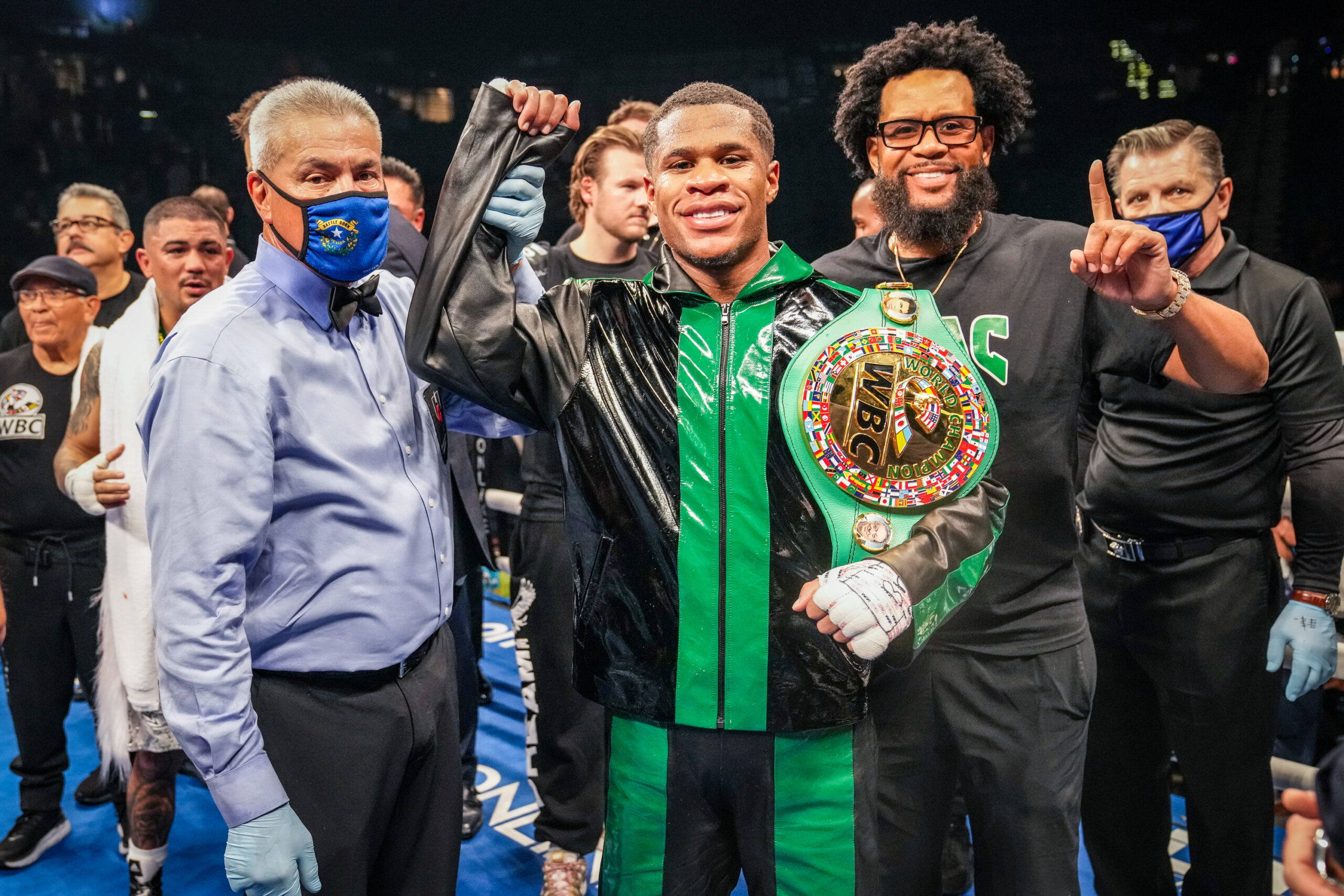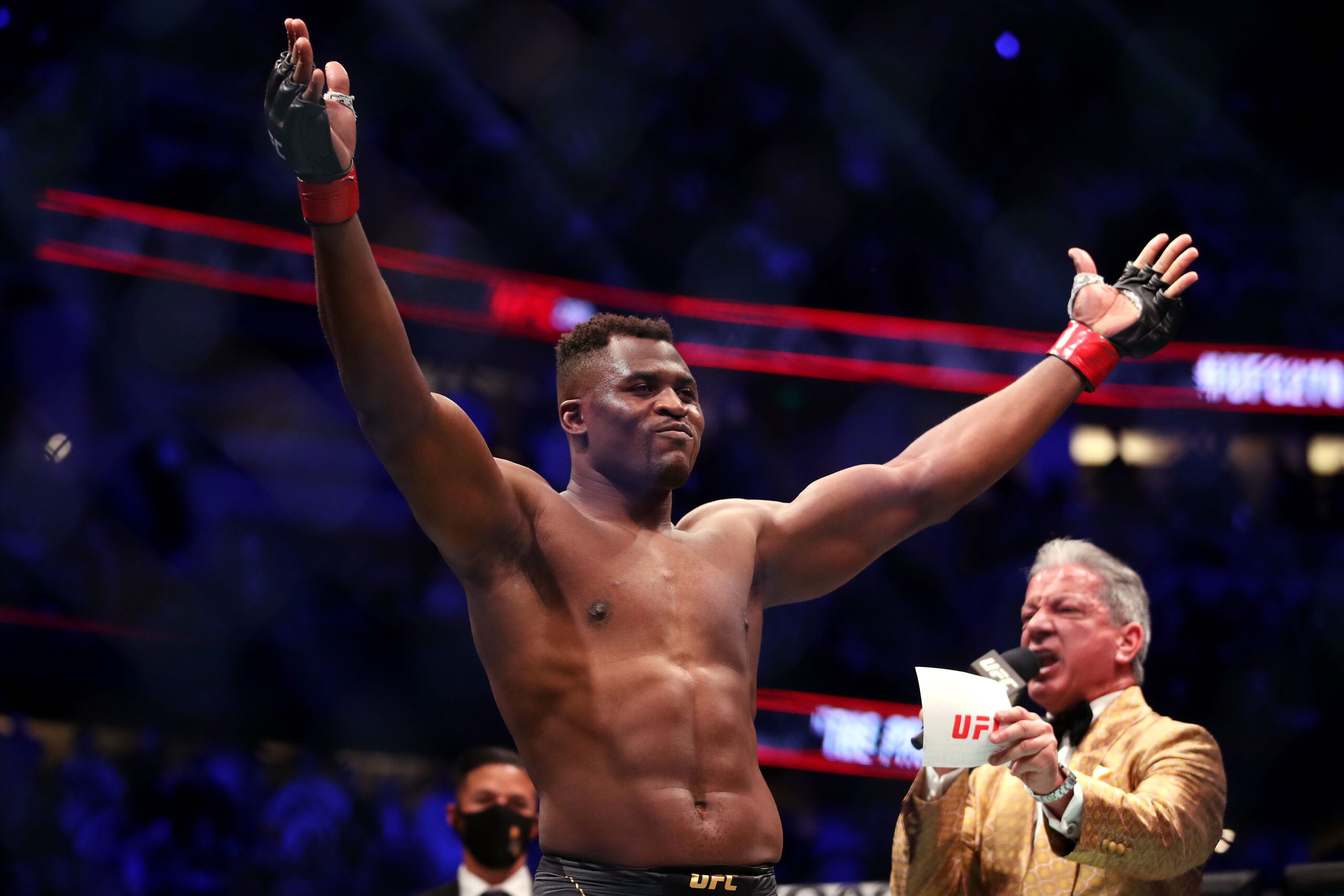The ’80s was the last era of the 15-round championship bouts where four names dominated the entire sport: Thomas Hearns, Marvin Hagler, Roberto Duran and Sugar Ray Leonard.
Each had fought the other with the exception of Hagler and Leonard who, although they knew each other from the amateurs, never stared across the canvas from each other. The matchup had once seemed improbable, as Leonard was the reigning welterweight poster boy for the sport’s pop culture appeal while Hagler was the quintessential, hardscrabble, boxing purists dream come true.
Before Oscar De La Hoya, Leonard was the first iteration of the pugilistic Golden Boy. He was a member of the 1976 U.S. Olympic Boxing Team that included future champions Leon and Michael Spinks, Leo Randolph and title challenger Howard Davis, Jr.
All five won the coveted gold medal, but it was Leonard, the pretty boy from Maryland with the million dollar smile, that took the world stage by storm soon after.
Marvin Hagler was Triple G before the Kazakh ever conceived of his middleweight supremacy. Rugged, Newark, NJ- born and Brockton, Massachusetts-bred, Hagler was the complete antithesis of Leonard. Less flash and all power was his mantra and his middleweight knockout percentage still stands supreme at 50 finishes in 67 career fights. However, it would take a staggering 50 fights for the feared Hagler to fight for a world title and 54 to capture one.
On November 30th 1979 when Sugar Ray Leonard knocked out Wilfred Benitez in the 15th round to capture the WBC belt, The Ring and lineal welterweight titles, his star was brighter than ever. He would go on to fight Roberto Duran twice in 1980, losing the first and winning the rematch, and then knock out Tommy Hearns to retain his titles. But a potential career-ending detached retina temporarily curbed his remarkable ascension. After surgery and a controversial ninth-round stoppage over Kevin Howard, Leonard announced his retirement.
During this time, the boxing world always wondered what a Hagler vs. Leonard fight would look like. Similar to this generations dream of a Canelo Alvarez vs. GGG matchup. The boxer versus the puncher is the ultimate dynamic in the sport, and this seemed to be the best match that might never happen.
Finally after a three-year layoff, Leonard returned, believing that he could defeat Hagler after seeing him struggle against 1980 Olympic silver medalist, John Mugabe in 1986. The date was set for April 6th, 1987 and Leonard realized that his only challenge of that era was the indomitable slugger, and he wanted to put to rest who was the best for good.
Promoter Bob Arum of Top Rank billed it as The Fight of the Century and the storied outdoor Caesars Palace in Las Vegas was the venue. With the betting odds at 3-1 against the returning Leonard, who was stepping up to middleweight for Haglers titles, the world collectively believed that the middleweight kingpin would demolish him.
So confident were Haglers handlers that they agreed to nearly all of the Leonard team’s requests, including a 20 x 20 foot ring, 12-ounce gloves and 12 rounds versus 15. Hagler would be the A side reaping a guaranteed $12 million to Leonards $11 million and the lions share of the pay-per-view proceeds. They just wanted to get the fight done and Haglers quest to finally be considered better than his high-profile opponent was all that mattered.
Leonard’s strategy during training was to split each round into three bursts of flurry attacks in the beginning, middle and end, while avoiding the onslaught in-between.
A natural southpaw, Hagler shocked many by opening in an orthodox stance. Leonard took advantage, winning the first two rounds on all three scorecards. Hagler switched by the third round back to southpaw, faring better, though Leonard’s superior speed and boxing skill was evident. By the fifth, Leonard showed signs of fatigue, clinching and receiving multiple warnings for holding from referee Richard Steele.
At the end of the fifth, a right uppercut buckled Leonard’s knees. Hagler continued to push the pace in rounds six through eight, making Leonard fight more.
Round nine proved the most exciting, when Hagler hurt Leonard with a left cross, pinning him in a corner. Leonard furiously fought his way out of the corner, and both fighters impressed with the respective strength of their disparate styles.
In the eleventh, Leonard utilized his showmanship to really win over the crowd with flash and speed, which continued into the final round, where Hagler continued to chase Leonard. He hit Leonard with a big left hand and backed him into a corner. Leonard responded with his last 30-seconds of the round of flurries and dance. When it was all said and done, Leonard threw 629 punches and landed 306, while Hagler threw 792 and landed 291.
The judges ruled the split decision 115-113, 115-113 and 118-110 for Leonard. The fight literally stopped the career of Hagler, who felt robbed by Judge JoJo Guerra, who ruled the final wide decision for Leonard.
Leonard immediately relinquished the WBC, The Ring and lineal middleweight titles and retired again. Leonard of course would return to fight five more times but Haglers career stopped right there. He retired, moved to Italy and never laced up the gloves again.
History has shown that boxing will never truly die and one look back on the anniversary of this classic fight makes you understand why.



